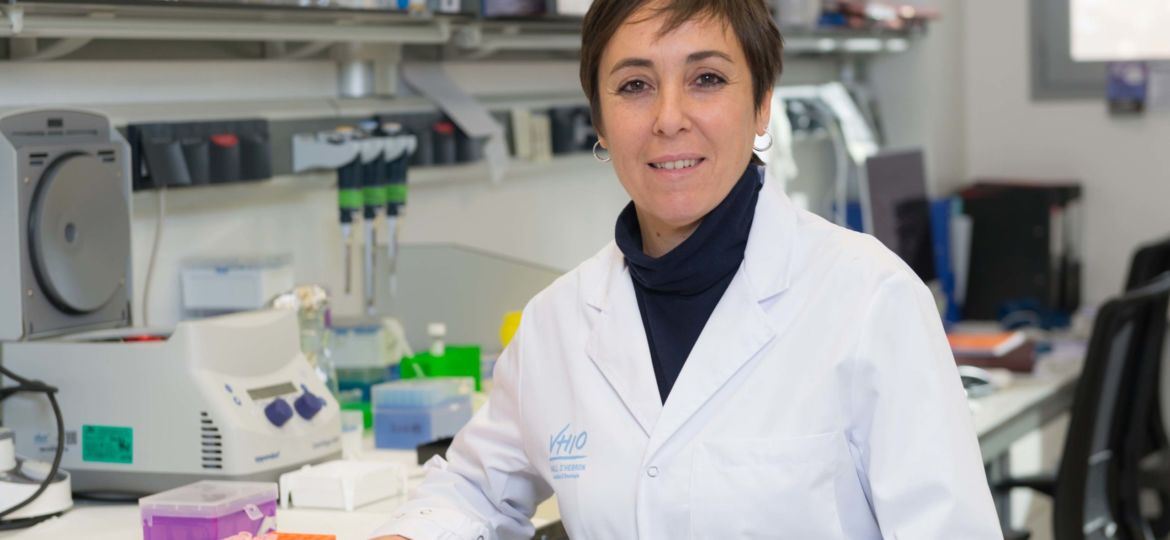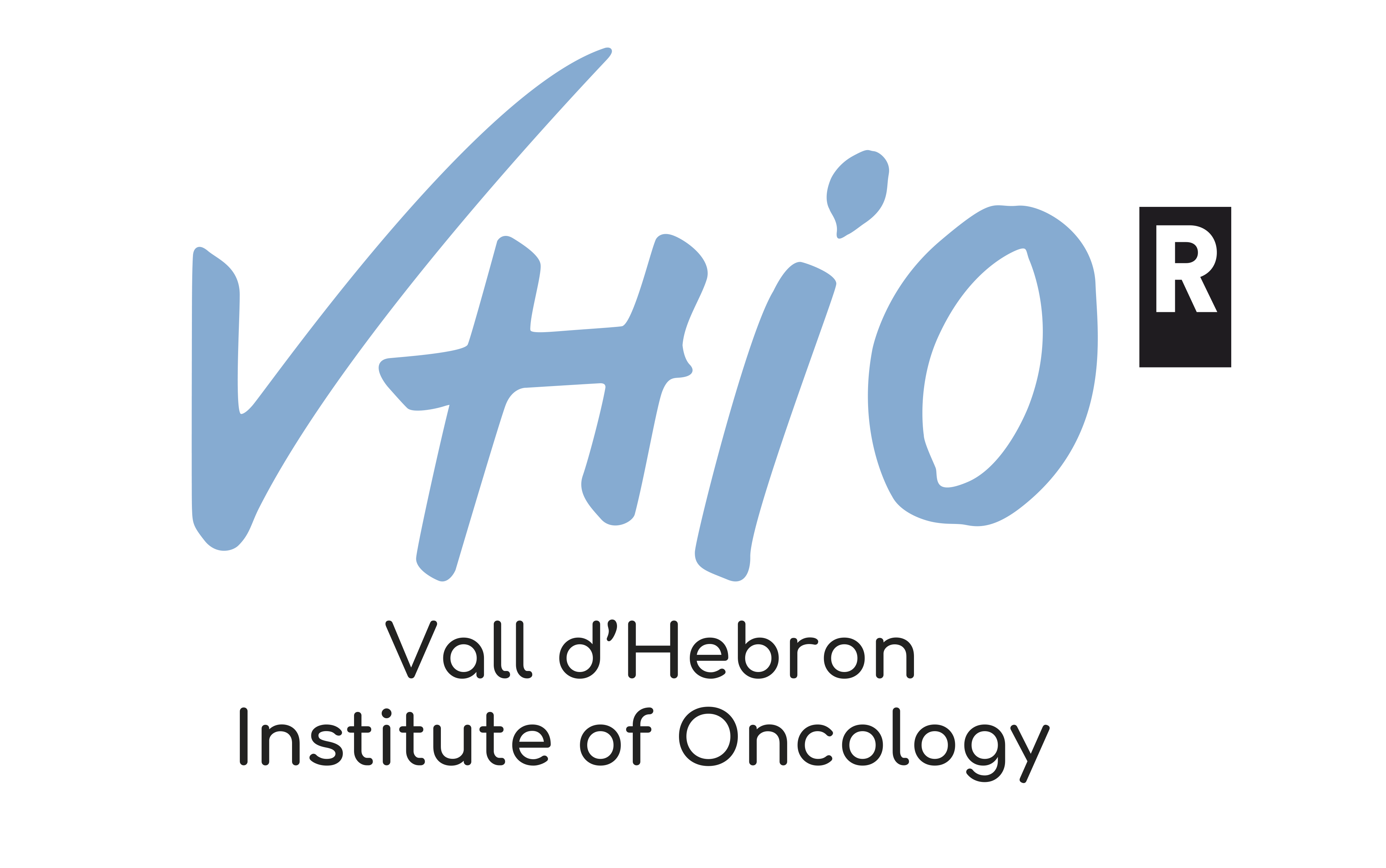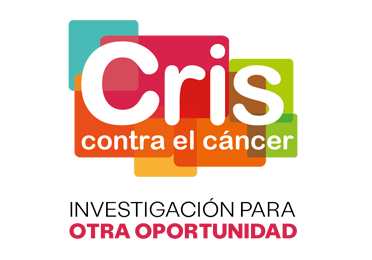
In pursuit of new emerging research areas at VHIO, our Institute has been fortunate enough to attract and welcome several additional young talents since it was first established in 2006. To name but one, Sandra Peiró joined us back in 2016. Moving with her group from the Hospital del Mar Medical Research Institute (IMIM), Sandra came to VHIO as Principal Investigator of Chromatin Dynamics in Cancer to spearhead efforts in better elucidating the epigenetic mechanisms that control the expression of genes during tumor progression and metastasis.
Initially backed through a FERO Foundation Award for Translational Research granted to Sandra in 2014, and later thanks to funding received from another of VHIO’s private patrons and institutional supporters – “la Caxia” Foundation (Fundació Bancària “la Caixa”) – Sandra was able to expand and consolidate her group and in so doing, progressively advance this important area of investigation.
One example of her group’s most recent contributions to the science of cancer cell spread has been the very first 3D characterization of a cell’s genome in its transformation from a non-invasive to invasive state, as well as the unmasking of lamin B1 protein’s critical role in this process.
Reported as an open access Article* in Nature Communications last year, her pioneering research evidenced that this inner nuclear protein is necessary for the 3D genome rewire required to transform an epithelial cell and enable it to migrate and invade other tissues. By reducing levels of lamin B1, Sandra’s team showed that by effectively eliminating part of it, the cells lose their ability to become mesenchymal stem cells, thus reducing their capacity to travel and relocate and therefore putting the brakes on metastatic cell spread.
They also revealed that lamin B1 filaments are found lining the inside of the cell’s nucleus where they are in contact with areas of the genome that contain many genes. This discovery exposed lamin B1 as an actor in the 3D genome reorganization that transforms the cell from epithelial to become a mesenchymal cell – a process known as the epithelial-mesenchymal transition (EMT). This transition empowers the cell with stem cell potential, renders it more resistant to anti-cancer therapies and cell death, and gives it the necessary “wings” to travel, migrate and metastasize.
The genome’s 3D structure determines which genes must or must not be activated. The EMT ‘switch’ requires genome reorganization in order to activate and/or deactivate certain genes and involves dynamic changes in the anchors of the genome that are governed by lamin B1. Reducing its levels therefore blocks this activity, altering the transcriptional signature of the epithelial-mesenchymal transition and thus compromising the epithelial cell’s new invasive and metastatic properties.
Commenting for VHIO Communications Sandra observed, “Two of the major challenges that we face in significantly improving outcomes for cancer patients are metastatic cell spread and resistance to therapy. Regarding the former, the more we understand about how tumor cells metastasize and travel to wreak their havoc on other tissue and organs, the more we will be equipped to be one step ahead and checkmate cancer’s next move.”
Highlighting the relevance of her group’s research she said, “Having described a cellular process that is fundamental in promoting metastasis, our findings represent an important advancement towards better understanding the drivers of cancer progression.”
Sandra and her team are also working on Nut-Midline Carcinoma and Cholangiocarcinoma, in close collaboration with Elena Garralda, Principal Investigator of VHIO’s Early Clinical Drug Development Group and Executive Director of VHIO’s Research Unit for the Molecular Therapy of Cancer “la Caixa”, Irene Braña, Medical Oncologist and Clinical Investigator of Elena’s Group, and Teresa Macarulla and Helena Verdaguer, Principal Investigator and Medical Oncologist-Clinical Investigator of our Gastrointestinal & Endocrine Tumors Group, respectively.
These two tumor types have important epigenetic alterations and chromatin aberrations, which give rise to the dysregulation of gene expression thus contributing to the malignancy of the tumor cells. Sandra’s group’s expertise in epigenetics coupled with the use of state-of-the art chromatin techniques are achieving a better characterization of these tumors that promises the identification of biomarkers for better patient stratification and a deeper understanding of the mechanisms of tumor resistance.
To discover more about research carried out by VHIO’s Chromatin Dynamics in Cancer Group please contact Amanda Wren, Director of Communications at VHIO: awren@vhio.net.
###
Reference:
* Pascual-Reguant L, Blanco E, Galan S, Le Dily F, Cuartero Y, Serra-Bardenys G, Di Carlo V, Iturbide A, Cebrià-Costa JP, Nonell L, de Herreros AG, Di Croce L, Marti-Renom MA, Peiró S. Lamin B1 mapping reveals the existence of dynamic and functional euchromatin lamin B1domains. Nat Commun. 2018 Aug 24;9(1):3420.








